Perphenyl arenes are not as unstable as we think, according to a study by researchers in the US and Portugal.1 It found that intramolecular dispersion forces in decaphenylbiphenyl and 2,2′,4,4′,6,6′-hexaphenylbiphenyl compensate for the steric repulsion in these crowded molecules.
Decaphenylbiphenyl was first synthesised in 19652 and later characterised by diffraction studies in 1998.3 The solid-state structure of decaphenylbiphenyl shows it has atypical bond angles and torsion angles primarily to relieve the steric clash between the phenyl groups adjacent to the central biphenyl bond. Likewise, the structure of 2,2′,4,4′,6,6′-hexaphenylbiphenyl also contains rings twisted out of the central plane of the molecule.
Now, a team led by Luís Santos from the University of Porto has combined combustion calorimetry and density functional theory (DFT) to probe the stability of decaphenylbiphenyl and 2,2′,4,4′,6,6′-hexaphenylbiphenyl. The researchers also constructed a series of homodesmotic reactions to investigate the stability of phenylated biphenyls relative to their monomeric counterparts. They concluded that π∙∙∙π interactions between the ortho-phenyl groups either side of the central biphenyl bond accounted for up to 30kJmol-1 of energetic stabilisation. Furthermore, the DFT results underestimated these dispersion interactions and hence even state-of-the-art methods were unable to fully describe these large aromatic molecules.
At first glance, twisted molecules like decaphenylbiphenyl and 2,2′,4,4′,6,6′-hexaphenylbiphenyl should be high-energy species. In reality, contortion actually gives them stability.
References
1 C F R A C Lima et al, Phys. Chem. Chem. Phys., 2023, 25, 13359 (DOI: 10.1039/d2cp05085d)
2 M Ogliaruso and E Becker, J. Org. Chem., 1965, 30, 3354 (DOI: 10.1021/jo01021a022)
3 L Tong et al, J. Am. Chem. Soc., 1998, 120, 6000 (10.1021/ja980322r)


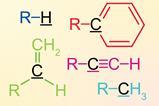


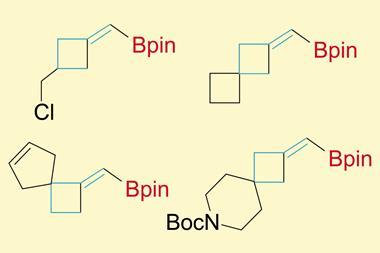
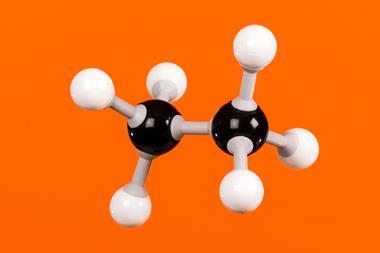
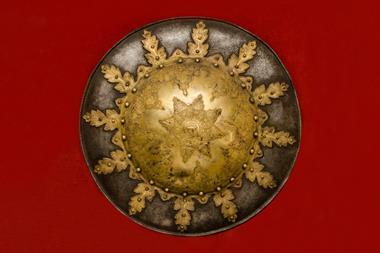
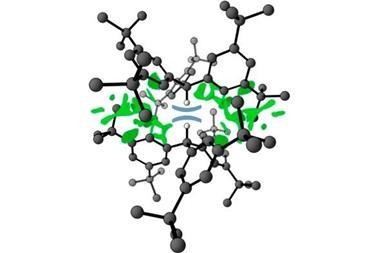








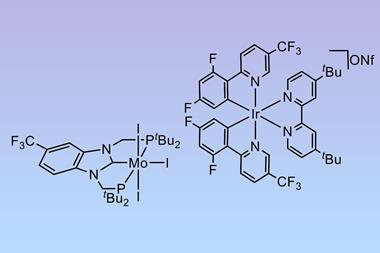



No comments yet